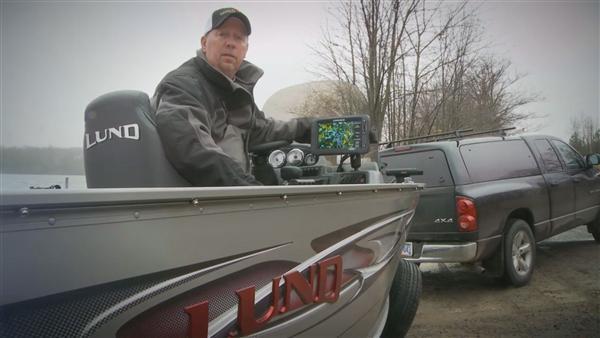.embed-container { position: relative; padding-bottom: 56.25%; height: 0; overflow: hidden; max-width: 100%; } .embed-container iframe, .embed-container object, .embed-container embed { position: absolute; top: 0; left: 0; width: 100%; height: 100%; }
Video Transcript: Fishing is often at its finest when the weather conditions are at their worst. The cold water period finds game fish heavily schooled in and around their winter haunts. For Panfish and Walleye, key areas are steep breaks, lake basins, and hard and soft bottom transition areas. Mapping is a key to finding the right structures, bottom compositions, and the presence of food and game fish. A properly mounted transducer and calibrated sonar allows you to travel at moderate speeds eliminating dead water but still clearly mark fish. Fish are less active at this time of year due to their cold blooded nature. So downsizing and slowing down your presentation is preferred. Ice tactics such as blade baits and small plastics can be highly effective. Fishing vertically keeps your lure in the strike zone and transmits those light bites. Down size and slow down your presentation to get bit, during the cold water period.












